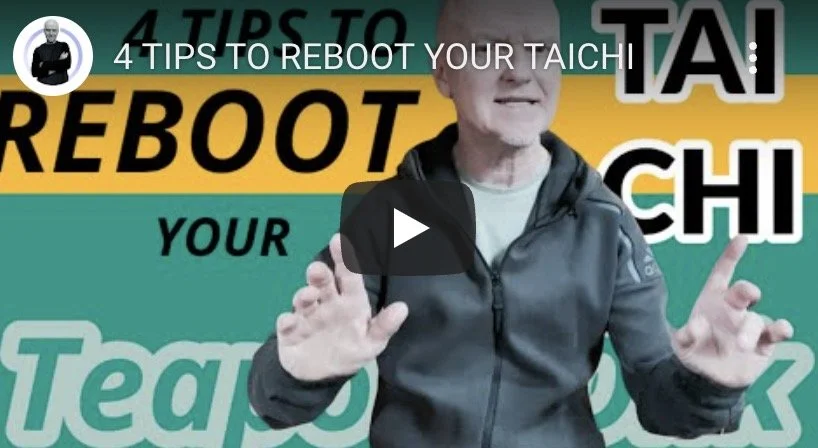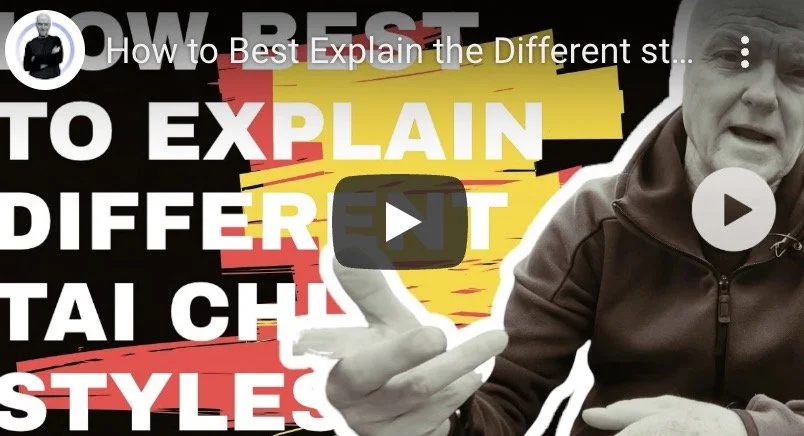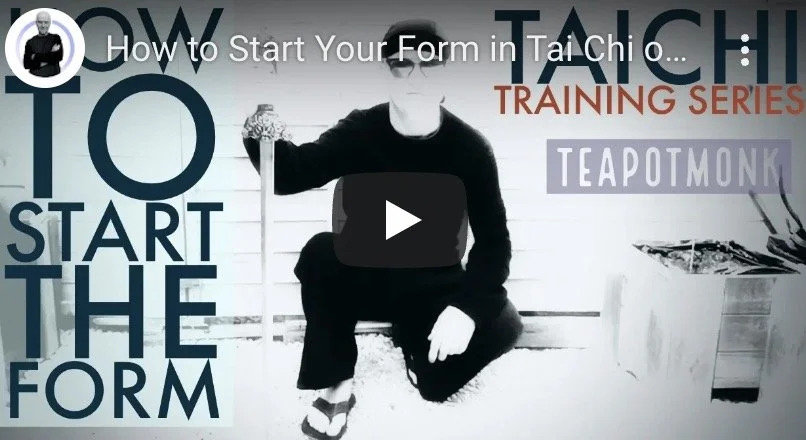TEACHING TAI CHI
AN ESSENTIAL GUIDE TO RESOURCES, RECOMMENDATIONS AND ADVICE FOR ANYONE TEACHING TAI CHI
You may be a teacher of many years standing or a someone just wanting to share what you have learned. I hope this selection of resources will be useful to you for it includes: 3 Steps to Teaching Online, videos on keeping your tai chi fresh and alive, articles on the avoiding jargon in the classroom and links to the library of further resources on the training site.
*Plus, for ongoing ideas for workouts, warm-ups, webinars, discussions, exercises and running an online class, join the Academy as a Ninja and get access to all this every week plus the Tai Chi library of resources.
Whether you have been initiated as a Shaolin monk, an ordained Taoist priest or blessed by the Chen Village to go forth and spread the message, when it comes to teaching there is more to getting it right, than letters of introduction or the colour of your satin suit. Learning how to teach is as important as what to teach. And when you start, I’m hoping you’ll question whether you are the best candidate for the job. For that’s good, for this humility will guide your efforts.
But don’t let it get stop you either. Start with exploring who you are and what you can bring to your class. Want an example? Take a look at this…
TEACHING EXPERIENCE
I started teaching Karate when I received my brown belt back in the 1970s. After working through different styles and practices, I qualified in teaching Health and fitness classes in the 80s, before focussing exclusively on Tai Chi from the 1990s. I taught in gyms, martial-art studios, town-halls, evening classes, hospitals and community centres and since 2015 online.
My approach is to teach Tai Chi as a language of the body, which I found helpful when I started teaching in Spanish during the 20 years I lived in that country. Being an English guy, teaching a Chinese art in Spanish could have been confusing - for both my students and I - but I always reminded myself that the essentials of the art were rooted in simplicity, direct communication and leaving the ideas to take root in the lives of those around me.
OVERCOMING IMPOSTER SYNDROME
➠ Just Start. People might say you need to have been training for 20 years before showing others what you now. This is nonsense.
If you know more than the person you are teaching, then go ahead. Yes, you may make mistakes, but hey, so do teachers with 20 years experience. Don’t let that put you off. Teaching (and making mistakes) is part of our learning, and is all part of the process that will help consolidate our knowledge and skills.
Where to start? Well, there is no universal formulae for teaching. But you may find the following helpful:
Looking for ongoing help and a library of resources with back-up support? Take a look at the 🥷 Ninja membership over on the training site.
👉 Or if you are looking for a one of resource - with inspiration for classes, training ideas, exercises, drills and themes. Take a look at the comprehensive Workout Library that is building throughout 2022.
Need more help? 📩 Contact me anytime here.
THE ESSENTIAL FIRST 3 STEPS TO TEACHING ONLINE
KEEP IT SIMPLE
Eliminate the complex and uncover the simplicity in Tai Chi with these 3 videos examples on general principles and guidelines. Free to watch
Sessions on Teaching Practices
MORE RESOURCES
If you are already teaching or want more resources and support then take a look at joining the Academy as a Ninja. You’ll get access to full library and all the workouts this year for inspiring add-ons to your classes.
Get access to weekly workout suggestions and sessions, the tai chi library, all the teaching webinars, mini-courses on postures, drills and warms-ups, audio recordings, worksheets and more.
More free teaching articles…
-
Group discussion with a dozen schools/teachers on how they have coped teaching during a global pandemic. Read the article
-
-
-
Ways of Leaning - the audiobook - is a collection of articles on teaching and learning tai chi. It draws inspiration from people and events as well as ideas and practices. You can get it here bundled with the ePub version.
-
Many people start Tai Chi thinking it will be good for their joints, and this is true, but only if it is taught with a knowledge of physiology especially joint use and function. Read the full article here.













